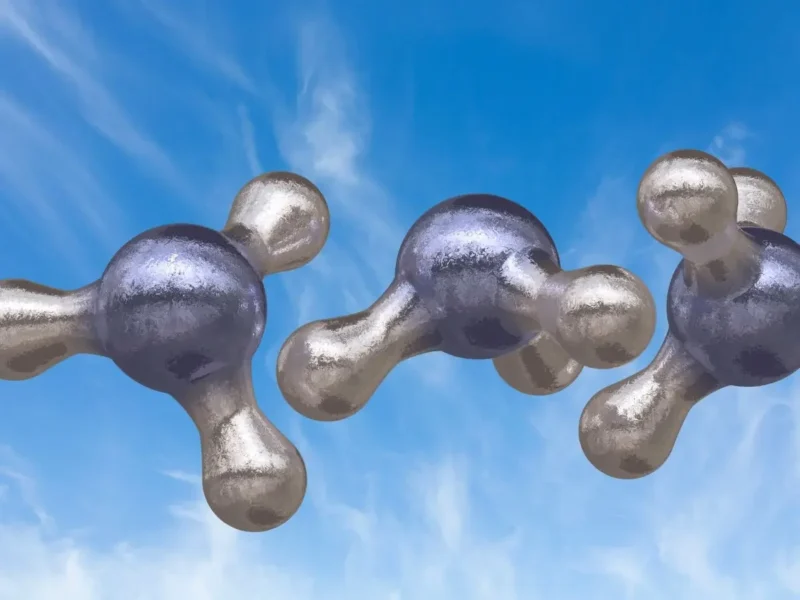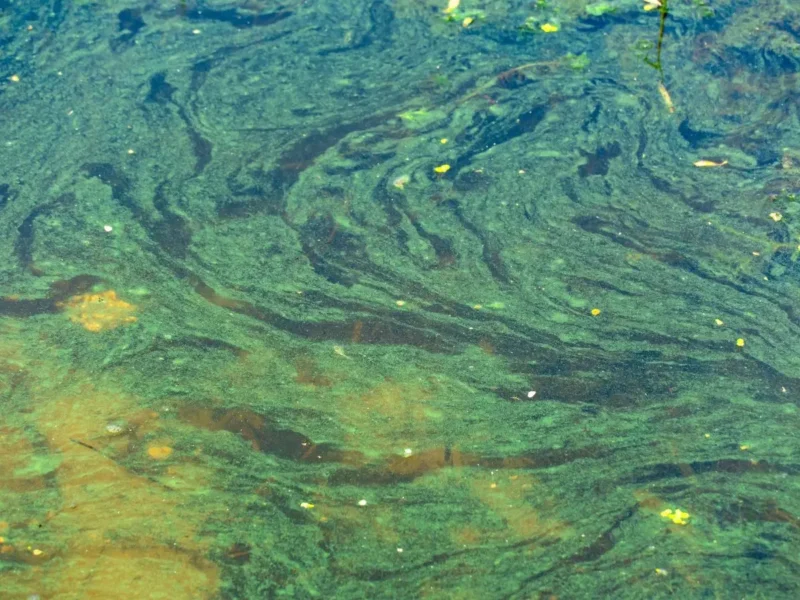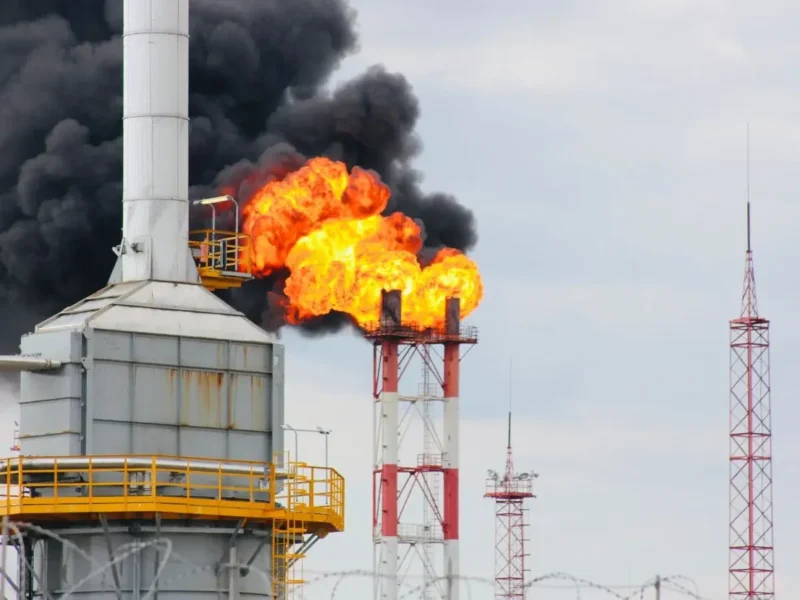As one of the most toxic modern-day pollutants, ammonia emissions are an increasingly active area of research.
The UK has national emission reduction commitments for overall UK emissions of five damaging air pollutants, one of these is ammonia (DEFRA Clean Air Strategy 2019). Having experienced a fall in ammonia emissions from 1990’s up until 2013, the UK has since seen a reverse in trend and there is now a significant increase in levels.
There are two main causes for concern
- The first cause for concern is ammonia’s contribution to the formation of secondary fine particulate matter (PM) including PM2.5, one of the most dangerous modern-day air pollutants with far-reaching human health impacts.
- Ammonium deposition which causes significant long-term damage to sensitive habitats and ecosystems as well as eutrophication, the over-nitrification and excess nitrogen in aquatic environments leading to acidification and a reduction in species richness and biodiversity.
Los Gatos Research
Traditionally ammonia has been difficult to measure in trace concentrations in ambient air (i.e. at ppb levels) due to the extremely reactive nature of the gas. ET’s ABB-Los Gatos Research’s range of monitoring solutions provide a highly precise measurement with a low sensitivity to interference.
These are popular with field and lab-based researchers alike, and are available in rack-mounted and ultraportable form to suit your exact requirements.
- Ultraportable Economical Ammonia Analyser (17kg, built into Pelican case)
- Rackmount Economical Ammonia Analyser (19” rack mount, standard configuration)
- Enhanced-Performance Rackmount Economical Ammonia Analyser (19” rack mount with temperature regulation for improved precision and drift)
- Trace Ammonia Analyser (19” rack mount, Quantum Cascade Laser for highly-sensitive measurements in the mid-infrared, liquid nitrogen cooled detector, temperature regulation)
We also offer robust ammonia measurements using photo acoustics and quantum cascade laser allowing for continuous monitoring with a detection limit of 1ppb with our range of LSE NH3 monitors:
- NH3 1700 rack-mounted, photoacoustic, 2ppb precision
- NH3 1710 rack-mounted, photoacoustic, 25ppb precision













